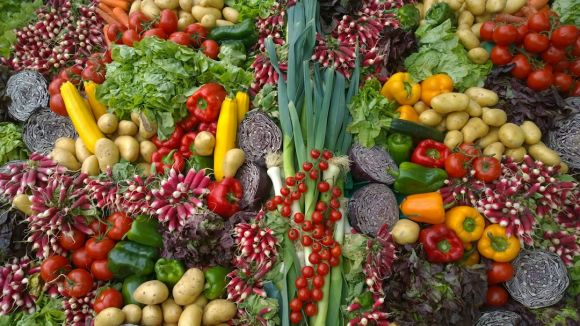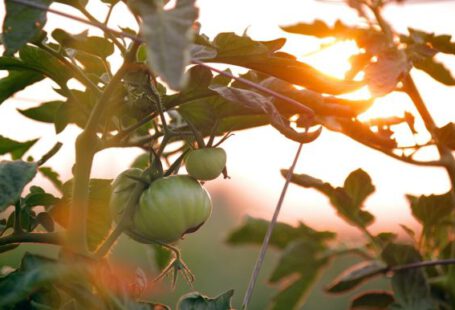Companion planting is a gardening technique that involves planting certain vegetables together to enhance their growth and deter pests. By strategically pairing compatible plants, you can create a harmonious and thriving garden. In this article, we will explore the ins and outs of companion planting in vegetables and how it can benefit your garden.
Understanding Companion Planting
Companion planting is based on the concept that certain plants have natural affinities for each other, while others do not. By choosing the right companions, you can improve soil fertility, maximize space, and even enhance flavor. It’s important to note that not all combinations work well, and some plants can even inhibit each other’s growth. Therefore, careful planning and research are crucial before implementing companion planting in your vegetable garden.
The Benefits of Companion Planting
Companion planting offers a range of benefits that can help you achieve a successful vegetable garden. One of the main advantages is pest control. Some plants have natural properties that repel pests, while others attract beneficial insects that prey on common garden pests. For example, planting marigolds alongside tomatoes can deter nematodes, a type of microscopic worm that damages the roots of plants. In turn, planting basil near tomatoes can protect them from aphids, a common tomato pest.
Another benefit of companion planting is improved soil fertility. Certain plants have deep root systems that help break up compacted soil, allowing air and water to reach the roots of neighboring plants more easily. Additionally, some plants are nitrogen fixers, meaning they have the ability to convert nitrogen from the air into a usable form for other plants. Legumes, such as peas and beans, are excellent nitrogen fixers and make great companions for nitrogen-hungry vegetables like corn and lettuce.
Choosing the Right Companions
To successfully implement companion planting, it is essential to choose the right companions for your vegetables. Here are some popular combinations that have proven to work well:
1. Tomatoes and Basil: Basil enhances the flavor of tomatoes and repels pests like aphids and tomato hornworms.
2. Carrots and Onions: Onions deter carrot flies, while carrots help loosen the soil for onions to grow.
3. Cucumbers and Radishes: Radishes repel cucumber beetles and provide shade to cucumber plants, which prefer cooler soil.
4. Corn, Beans, and Squash: This combination, known as the Three Sisters, is a classic Native American planting technique. Corn provides support for beans to climb, beans fix nitrogen for the corn, and squash shades the soil, reducing weed growth.
5. Lettuce and Chives: Chives deter aphids and slugs, while lettuce benefits from the shade provided by chive foliage.
Experimenting and Observing
While there are many proven combinations, it’s important to remember that every garden is unique. Factors such as climate, soil type, and local pests can influence the success of companion planting. Therefore, it’s essential to experiment and observe how different plants interact in your specific garden environment. Keep a gardening journal to record your observations and make adjustments accordingly.
In conclusion, companion planting in vegetables is a valuable technique that can enhance the growth and overall health of your garden. By choosing the right companions, you can improve pest control, soil fertility, and even flavor. Remember to do your research, choose compatible plants, and be open to experimentation. Happy gardening!





